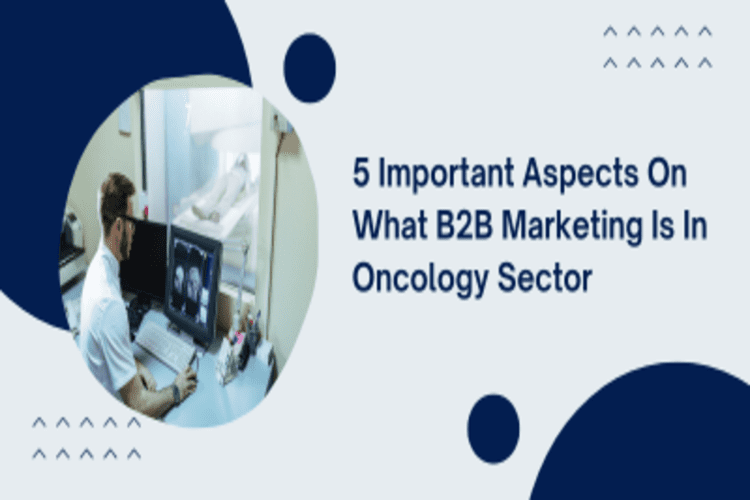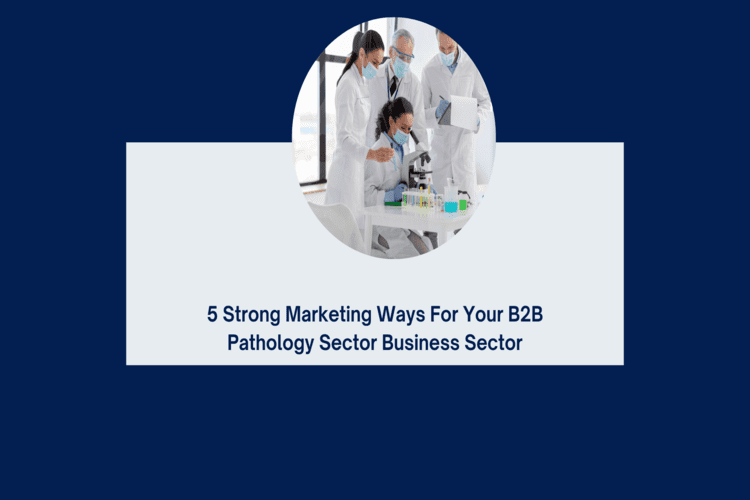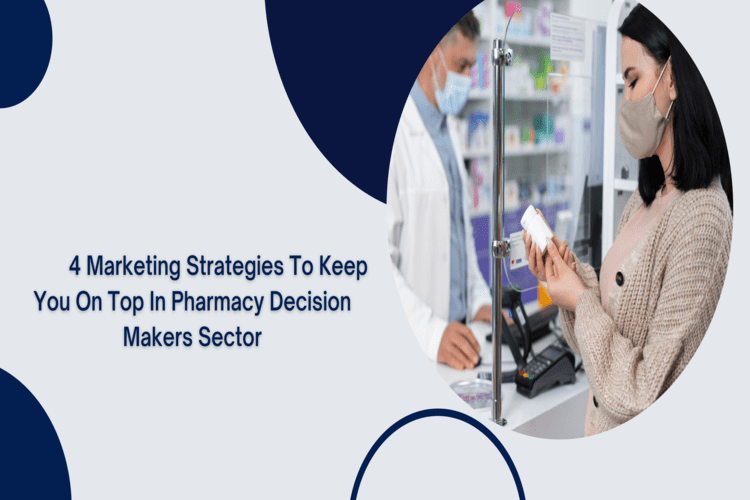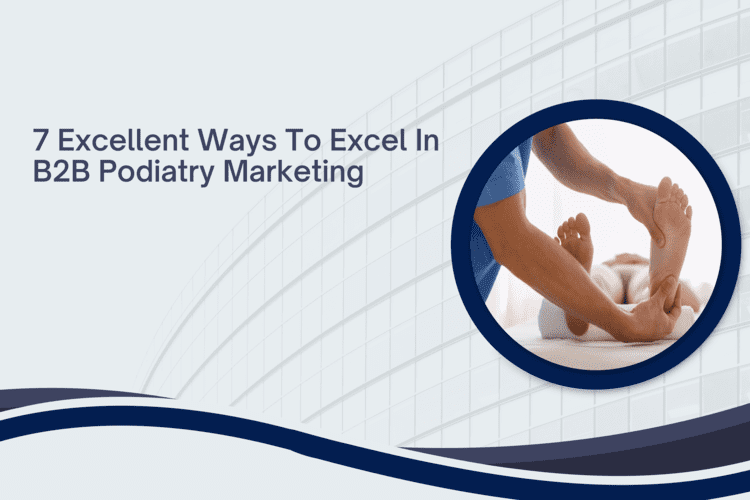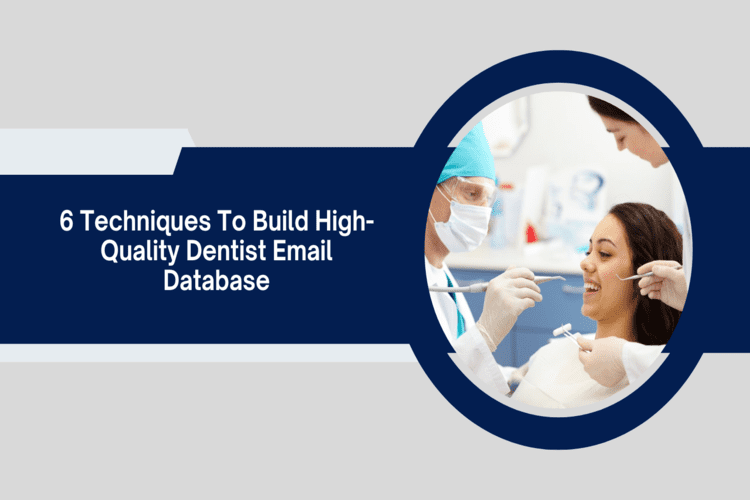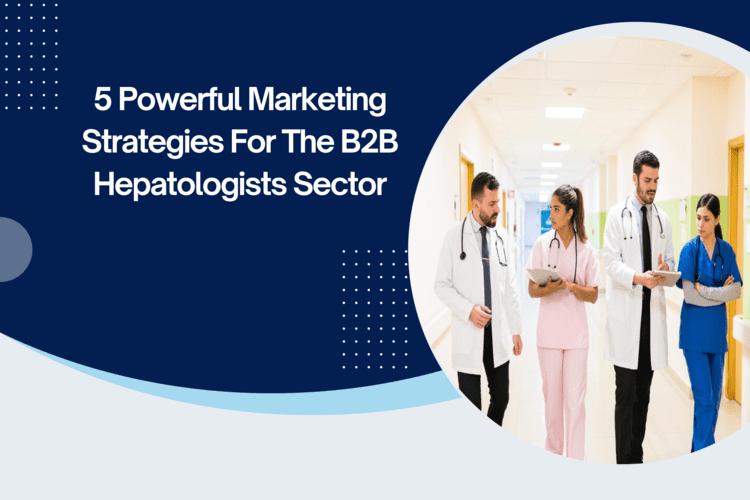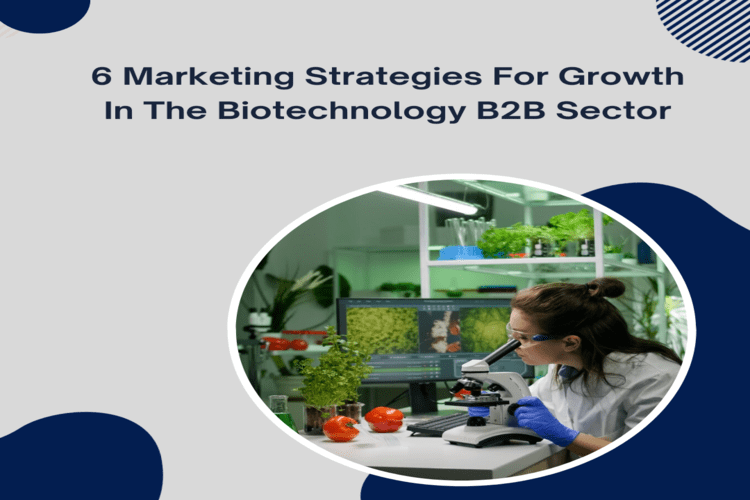
6 Marketing Strategies for Growth in the Biotechnology B2B Sector
6 Marketing Strategies for Growth in the Biotechnology B2B Sector The Biotechnology industry is one of the fastest-growing sectors in the world, with the global market expected to reach over $800 billion by 2025. This sector includes companies that use living organisms, biological processes, or biologically derived substances to develop products and services for various industries. The B2B sector in…



